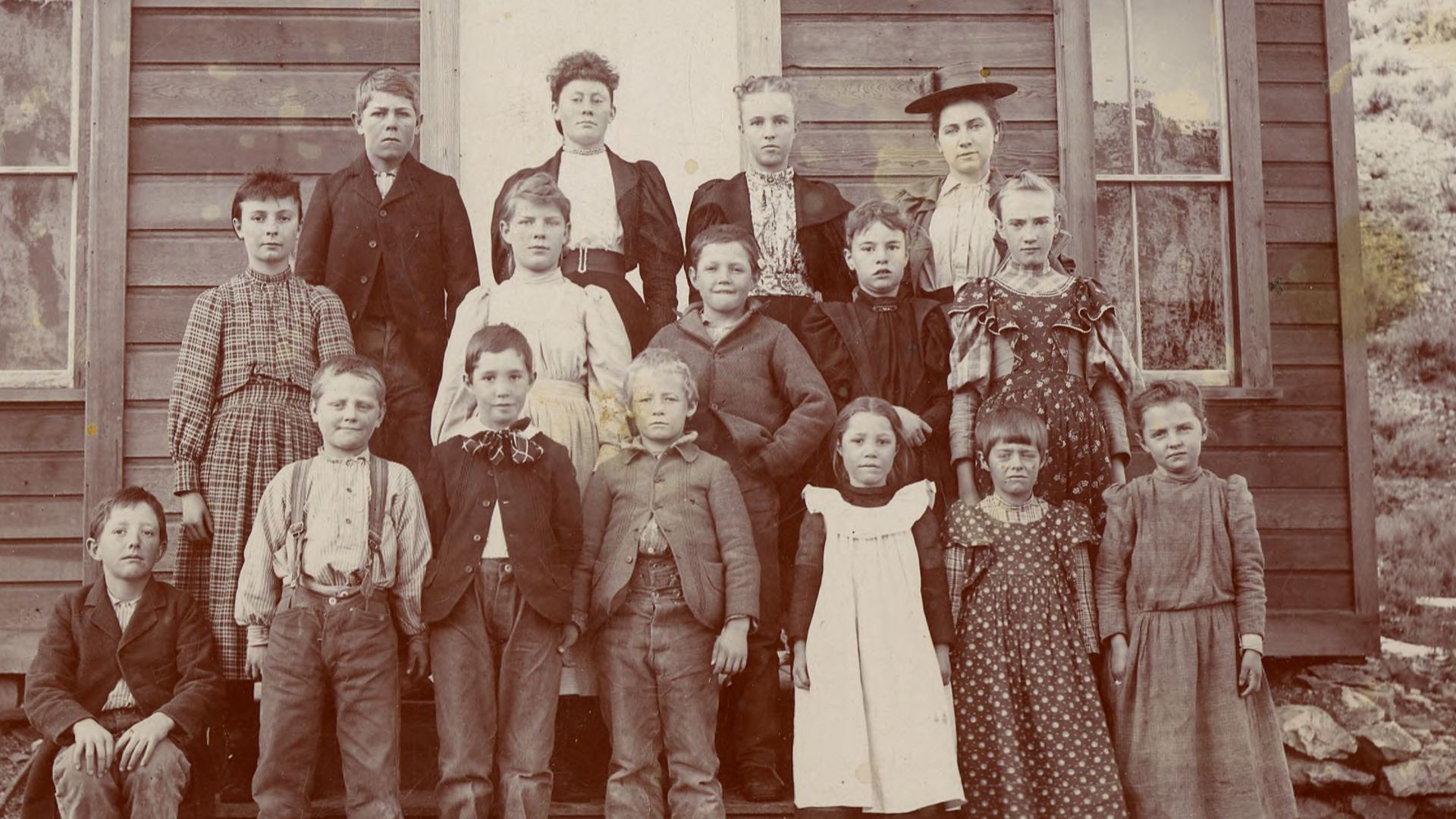Long before skyscrapers dominated America's skyline, the country was rife with rough and remote mining towns that were built on industrial ambition. These settlements weren't just a collection of saloons and log cabins. They were the epicentre of industry, entrepreneurship, and a symbol of westward expansion.
From the Gold Rush to the coal boom, these towns shaped the country and married prospecting with engineering and entrepreneurship. They still stand as a testament to U.S. ingenuity and offer a glimpse into the country's history and innovation.
Today, exploring America's historic mining towns lets you experience the nation's early and impressive accomplishments, and witness entire communities that were born from the promise of what was in the ground beneath their feet.
Virginia City, Nevada
Few U.S. mining towns were more significant to the country's development than Virginia City. It was quickly developed after the discovery of the Comstock Lode in 1859. This remote town was one of the most vital economic engines of the 19th century. Its silver financed banks and railroads, and helped cities develop and expand westward.
In Virginia City, mining engineers developed new methods of deep-shaft excavation and ventilation, which ushered in a new age of America's mining industry. Entrepreneurs like George Hearst made a fortune from the Comstock, and later used their wealth to significantly impact politics and the media.
Bisbee, Arizona
Situated in the Mule Mountains, Bisbee started as a rugged encampment only to grow into one of the most productive copper towns in the world. Established in the 19th century, this town was essential to America's industrial boom.
Bisbee was prosperous, but its accomplishments went beyond dollars and cents. Bisbee advanced the careers of miners, engineers, and architects who would shape America. Laborers embrace the complex machinery, and the town produced key labor movements, giving workers a voice for workplace safety and labor rights.
Bisbee's prosperity funded public works and some of the Southwest's first electric streetcars. It also helped pay for modern sanitation systems. Bisbee's reputation was of a progressive town, which was an anomaly in the West at that time.
 Unknown authorUnknown author on Wikimedia
Unknown authorUnknown author on Wikimedia
Leadville, Colorado
At over 10,000 feet above sea level, Leadville is one of the country's most iconic mining towns. Its silver boom in the 1870s and 1880s gave way to industry titans and business magnates, including the Guggenheim family. The money produced financed smelting operations, railroads, and lots of philanthropic work.
Leadville was also a hub of innovation. Miners faced freezing temperatures and flooding tunnels, forcing advancements in safety equipment, water pumps, and mining engineering. These helped shape the operations of the mining industry across the nation.
America's mining towns might feel like a relic of an era that is long gone. While this is true, they also stand as living chapters to our nation's illustrious story, innovations, and accomplishments. These towns built the country from the ground up and helped finance infrastructure, advanced industries, and created a cultural identity. Beneath the blood, sweat, and weathered faces is a legacy of ambition and prosperity.








